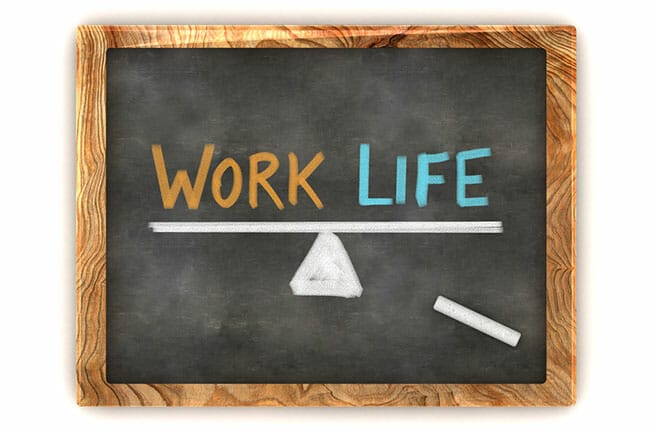Tips for Teachers: Why Is It So Hard to Set Boundaries at Work?
While our instinct as teachers is almost always to care for our students before we care for ourselves, it is truly an impossible task. Our students and our schools will always need more. There is no end to the amount of giving a teacher can do, and therefore, we seldom – if ever – end up taking care of ourselves the way we should. Over time, we end up depleted or worse, burned out. Learning to communicate our needs and say “no” when we are already overwhelmed can help ease some of the burden we feel. While this may sound like an easy task, boundary-setting for teachers is more challenging than many people assume. Let’s take a look at a few tips to make this important skill easier.
“No. Is a Complete Sentence.” – Anne Lamott
One of the things that holds us back from setting and maintaining boundaries in the workplace is our fear of how others will react. Instead of focusing on what we need to feel healthy and successful, we worry: How can I say no to this request, when I’ve said yes in the past? What if I let the other person down? What if my colleagues get upset with me? Often, teachers feel a greater sense of responsibility for other people’s feelings than they do their own. In the end, it is this overdeveloped sense of responsibility (and guilt) that interferes with a teacher’s ability to set healthy boundaries.
Cristien Storm, author of Empowered Boundaries, says when it comes to successful boundary setting, we need to be aware of how other people’s reactions impact us. Storm reminds us that it is healthy and normal for boundaries to change as our wants and needs change. She says it is also inevitable that some people will get upset when we try set limits. For example, some colleagues may be resentful if they see you setting a boundary they feel they cannot set for themselves. Others may try to challenge your boundaries. Seeing your guilt or discomfort at saying “no,” they may try to shame you into saying yes or continue to ask you in the hopes you’ll will change your mind. The sooner you realize the way other’s reactions impact your ability (or inability) to set boundaries, the better off you are.
Storm says we ultimately have a choice: We can let other’s reactions hinder our ability to set boundaries or we can let this knowledge inform us. We are the experts in what we want and need, and we are the only ones who can set the boundaries to protect these. We must have the confidence and self-worth to take those steps.
Here are some tips to feel more empowered in asking for what you want – and learning to say “no” to what you cannot take on – in the workplace:
- Be clear on what you need to feel healthy and successful. What are your boundaries around time, expectations, and communication, etc.? Reflect on these and write them down if you need to.
- No one wants to hear “no” and that is okay. Be aware that when you communicate a boundary, especially if it means saying “no” to something you have said “yes” to in the past, the other person may be disappointed or upset. Allow yourself to prepare for their reaction, but don’t let it stop you from asking for what you need. Get support from others and stay focused on your needs.
- Stop thinking boundaries are bad. People often think that if someone reacts negatively to a boundary, it must be “bad.” For example, if we feel guilty about saying no to a request, and our colleague becomes upset, we see this as proof that the boundary is bad. Instead, we need to recognize that the boundary was necessary, but also led to some disappointment. It is essential to our health to separate the positive boundary from the potentially negative feelings it might raise!
- Learn to tend to other’s feeling while still honoring your needs. The reality is that expressing our needs, especially if it means saying “no,” will make us and others feel all sorts of emotions. We can still be empathetic to others by asking, “I know you are upset, and while I need to make this choice, is there anything I can do to make you feel better?” Rather than trying to avoid negative feelings, we should accept that they are part of boundary work. When we stay focused on communication and work through other’s potential disappointment, either through empathy or troubleshooting, we honor our needs and their feelings at the same time.
As we think about boundary setting and work/life balance, it’s important to think about how we can help or hinder our colleagues in this process, too. Think: How do I typically react when someone declines my request at work? Do I respect others who set boundaries on their time and commitments, especially if their boundaries are different than my own? How can I help younger teachers develop efficient and sustainable work habits? Now, more than ever, we need to build supportive environments where teachers feel empowered to take care of themselves, and this means setting healthy limits on when, where, and how much work we do.





















